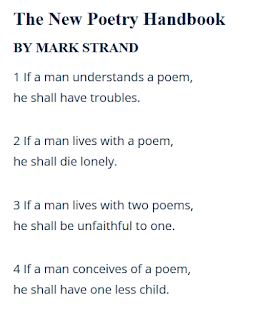Writer and St Mary's University (in Halifax) mathematics professor Robert Dawson enjoys composing both poetry and fiction -- and his work has been included in a number of previous postings in this blog. Recently he has published several poems in Polar Starlight, a new Canadian magazine of speculative poetry; the poem below, "Antiparticular" -- in which Dawson plays with the meaning of "anti" -- appeared in the June 2022 issue. (All issues of Polar Starlight are available online at this link.)
Antiparticular by Robert Dawson
Physicists have produced, for many a day,
Anti-electrons, even antiprotons,
But nobody has yet, to my dismay,
Claimed the discovery of antiphotons.
They move (in theory) at the speed of dark,
They carry lethargy but have no mass.











